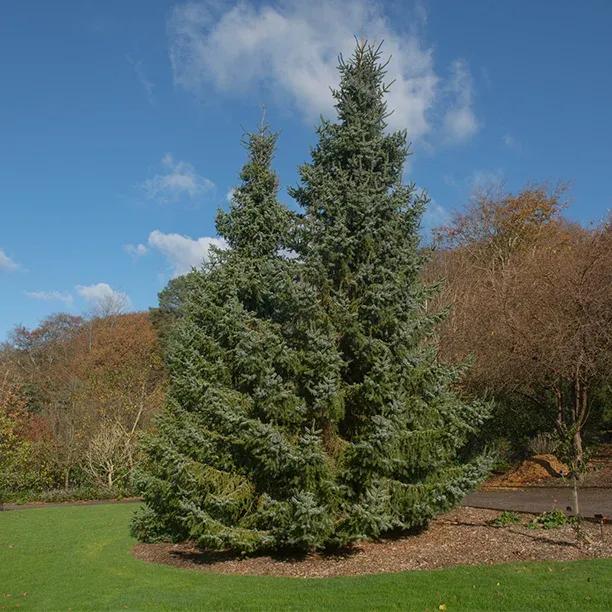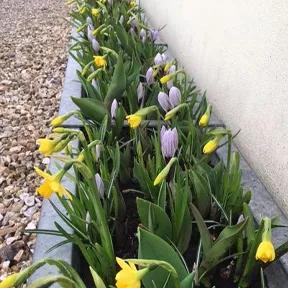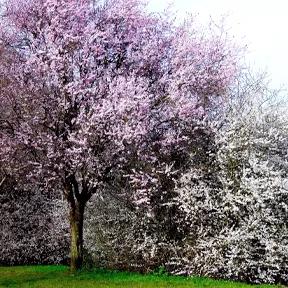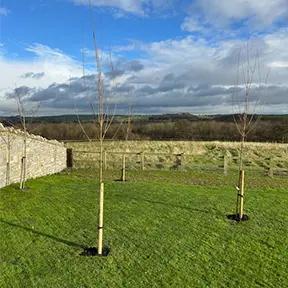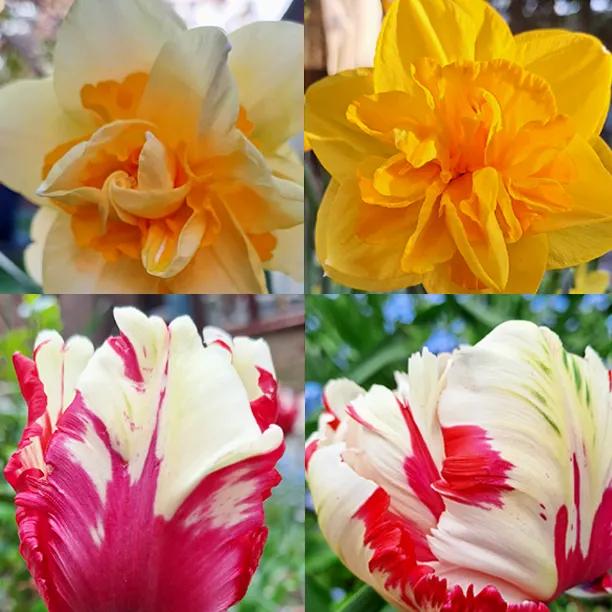Serbian Spruce Trees
Sapling Trees
- Slender, evergreen conifer.
- Any soil, needs sun
- Good tall screening
- Not used for clipped hedging
- Sizes: Saplings only
- Max. Height: 30m
- Bareroot Delivery Only: Nov-March
Recommended extras
Description
Serbian Spruce - Bareroot Sapling Plants
This slender, graceful tree is ideal if you want a tall conifer but don't have room for a spreading tree; its widest point will only be about 5 metres across.
Serbian spruce is a fast-growing, perky looking tree, with short branches that flick upwards at the tips.
It is a screening tree, rather than a true hedge plant.
Your trees will reach about 30 metres
You can also buy Blue Spruce, Norway Spruce and Sitka Spruce from our nursery.
Features
- Slender, evergreen conifer.
- Any soil, needs sun
- Good tall screening
- Not used for clipped hedging
- Sizes: Saplings only
- Max. Height: 30m
- Bareroot Delivery Only: Nov-March
Growing Serbian Spruce Trees:
A deep, fertile soil is best, but these tough trees are adaptable and will really grow anywhere with sun.
They tolerate chalky sites well, although shallow chalk will slow growth. Damp and polluted sites should be fine.
Shady sites will cause them to grow sparse and sad looking.
History
These spruces used to be common across Europe before the last Ice Age, but they didn't make a comeback when the ice receded and today their wild range is limited to a small area of the Balkans.
The conditions there are harsh, so this tree has a narrow shape for shedding snow and not catching the wind.
It was introduced to Britain in 1889 and is sometimes used as a nurse tree on timber plantations.
It is Europe's only spruce with flat needles like a fir or pine; all other spruce needles have square cross-sections.
It's Spring Planting Season 2025
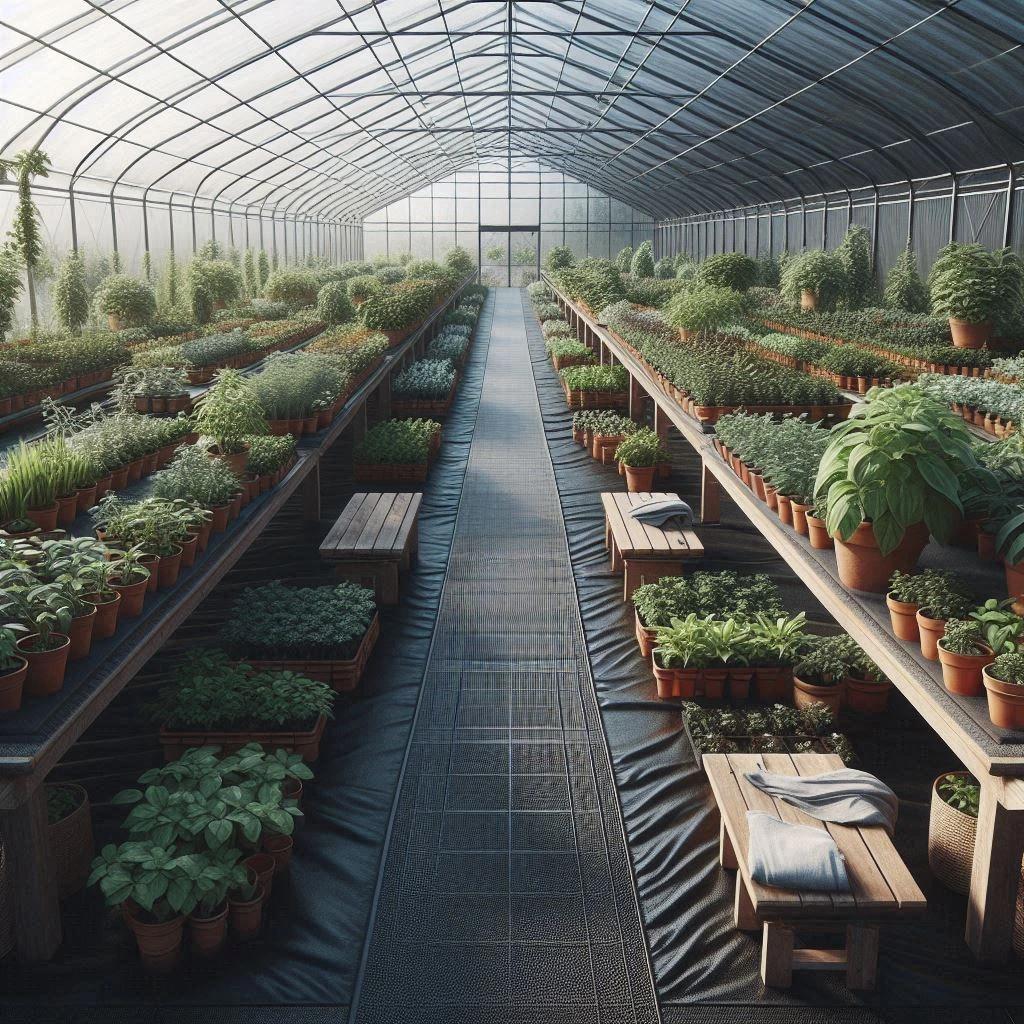
Pot Grown & Plug Plants Delivered

Direct from the Nursery Value

No more broken plants in the post!


